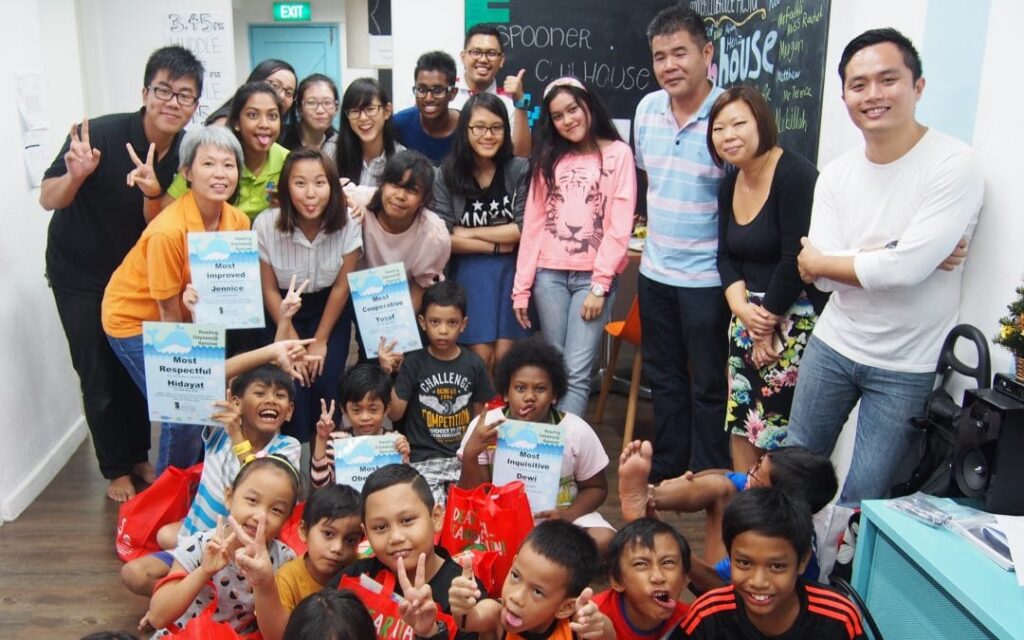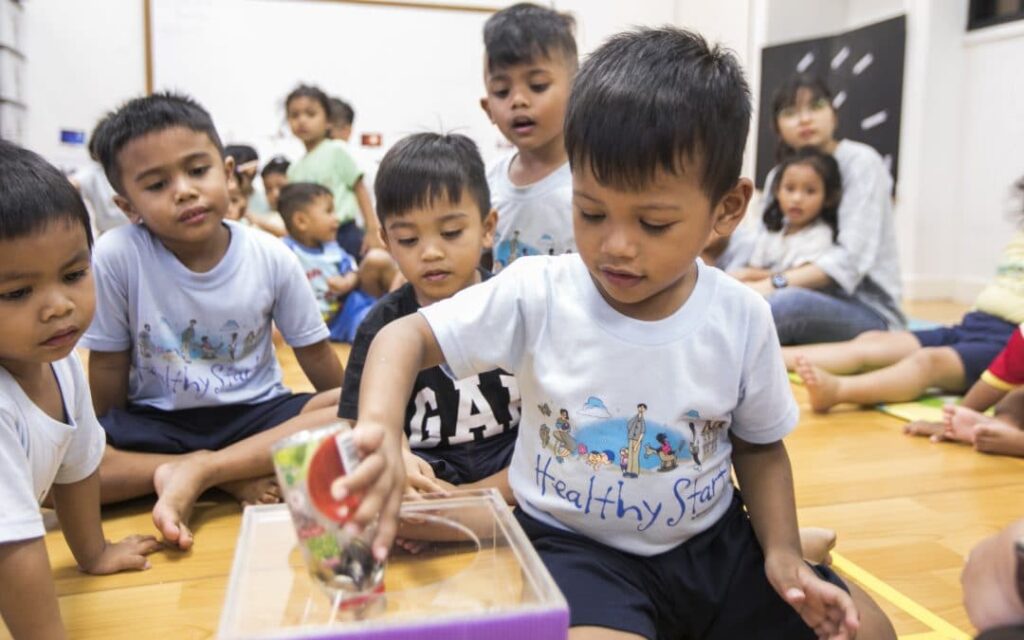Making collaboration a reality
Collaboration for social change has been a hot topic of late. Collaboration’s appeal is apparent in a world beset by complex and evolving social issues — alone we can only do so much, but work together, and look at the change we can achieve.In the same vein, Colabs, a philanthropic initiative by the Community Foundation of Singapore (CFS) and National Volunteer and Philanthropy Centre (NVPC), drives collaboration by bringing together the public, private and social sectors to tackle complex social issues. In particular, Colabs aims to empower givers to discover the roles they can play alongside existing efforts by government and non-profits.










